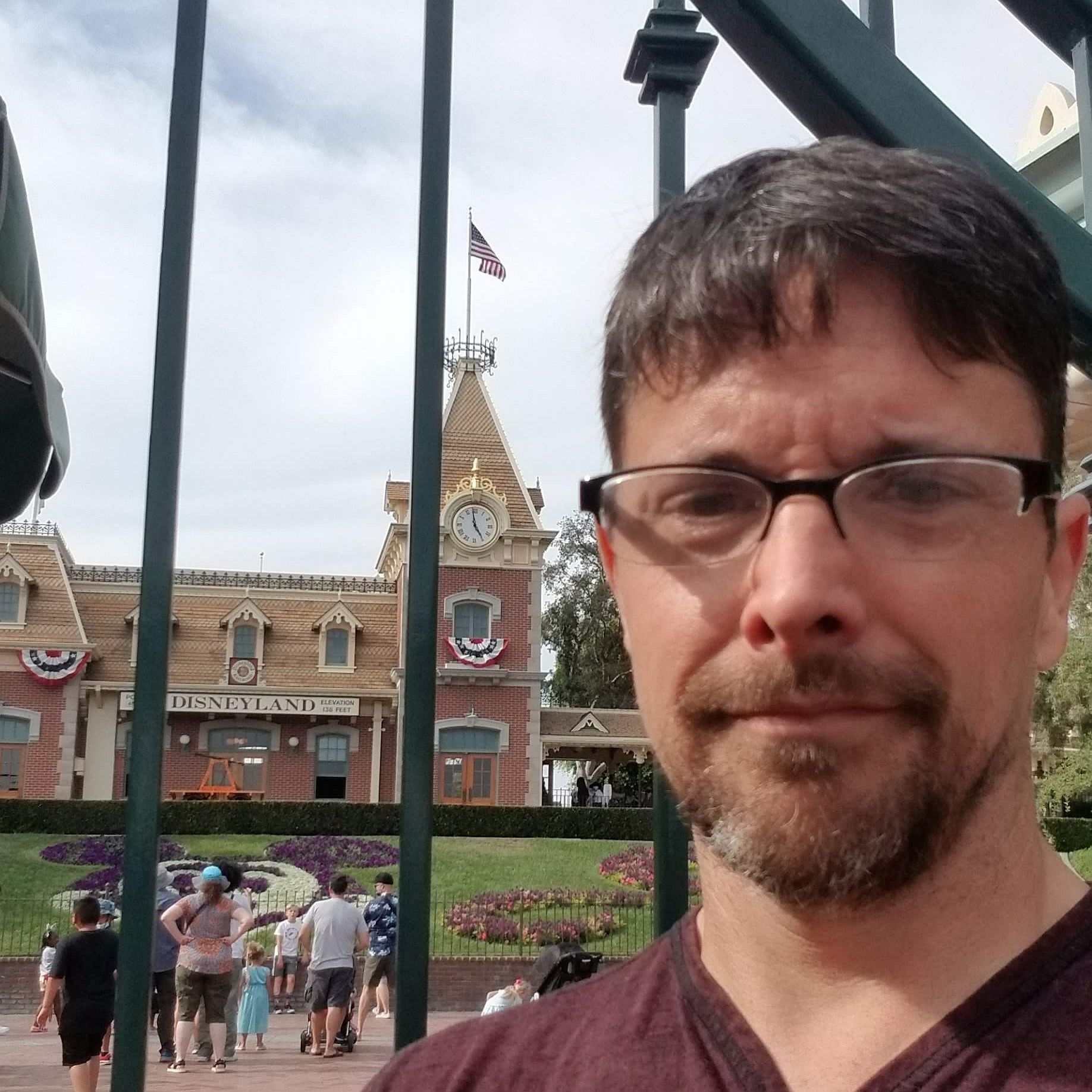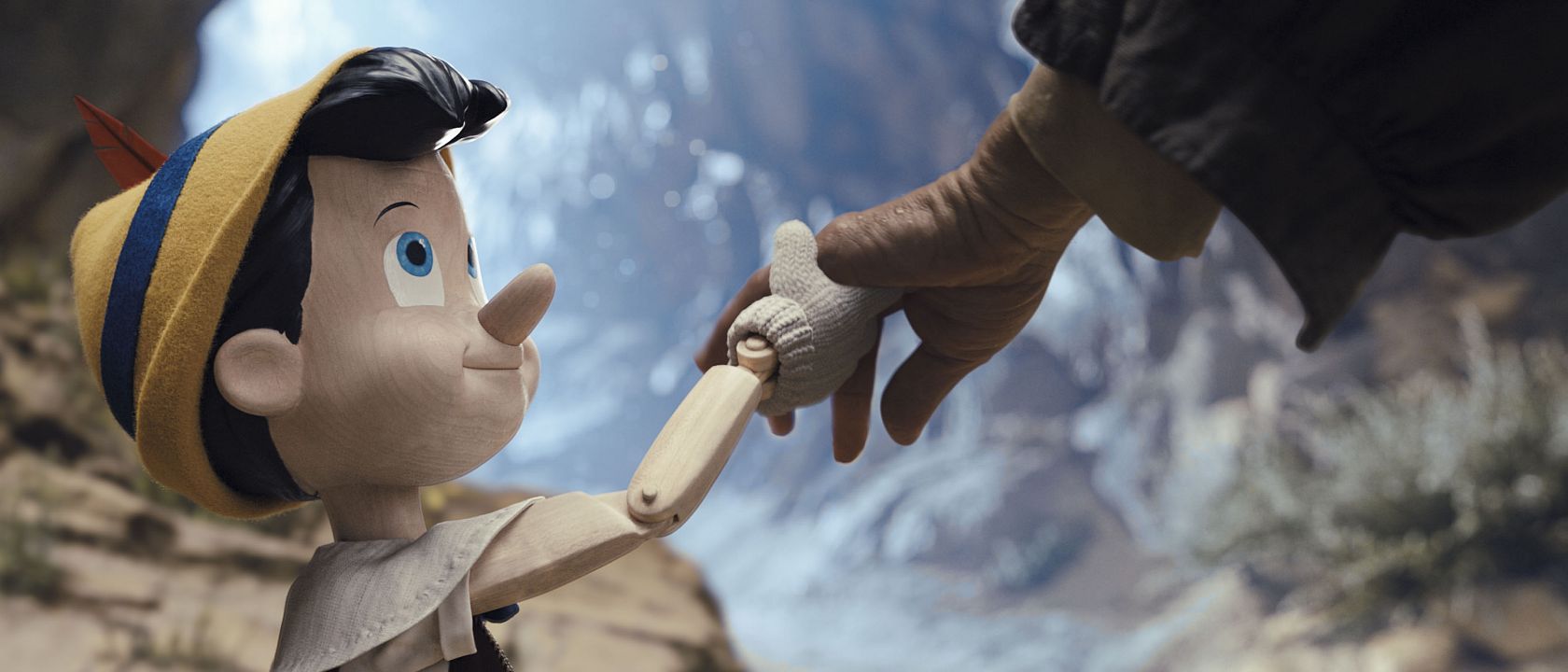The original animated Pinocchio was only the second animated feature to come from the Walt Disney Studio, making it by far the oldest movie yet to get a live-action remake. Similar to others before it – like The Lion King and Beauty and the Beast – Pinocchio largely follows the formula set forth by the original, but it adds enough that’s new and different to make for an entertaining watch for those who are already fans.
Even if you’ve never seen the original Disney's Pinocchio, you likely know the story. A lonely woodcarver (Tom Hanks) creates the wooden boy and wishes for him to be real. The Blue Fairy (Cynthia Erivo) hears the wish and grants it. Pinocchio (voiced by Benjamin Evan Ainsworth) is given life, though to become a real boy, he must prove himself to be brave, honest, and selfless. To aid in that goal, he’s teamed with conscience advocate Jiminy Cricket (Joseph Gordon-Levitt).
With a main character that is entirely CGI, Pinocchio's digital effects were always going to be important, and for the most part, the film succeeds. The fact that most of you main characters who are CGI– from Pinocchio himself to a couple of anthropomorphic animals – don’t need to look “real” in the strict sense, certainly helps. Jiminy Cricket himself was clearly the toughest character to create, and he still works overall.
As far as the plot beats go, the live-action remake doesn’t stray too far away from the animated original. All the major characters and elements are there, and things progress from start to finish as you expect they will. That’s not to say there aren’t some changes to that plot in the broader strokes.
The live-action Pinocchio is more of a musical than its predecessor.
While we tend to think of most of Disney’s animated films as musicals, most of the early films are not. They are simply films with music. The live-action Pinocchio still isn’t quite a musical, but it’s closer to it, as the team of Alan Silvestri and Glen Ballard have created five original songs to go along with classics like “I’ve Got No Strings” and “When You Wish Upon a Star.”
The new pieces probably aren’t going to become overnight classics, but they’re good songs that don’t feel out of place alongside songs that are over 80-years-old, and they give us an excuse to hear Tom Hanks sing.
The biggest change is that Pinocchio is actually a much more sympathetic protagonist this time around than he was in 1940. In the animated film, the living puppet gets into trouble because he specifically chooses to reject what his conscience tells him. Here Pinocchio does try a bit harder to listen, but circumstances are set against him in a way that results in the same ultimate fate.
Tom Hanks is great, as usual, but Pinocchio could use more of him.
The change is significant as it largely impacts the themes in the story. While Pinocchio still learns the value of honesty and bravery, that doesn’t feel like it’s supposed to be the point here, and what the point is feels like it gets lost.
Without going into spoiler territory, the finale of this new Pinocchio seems to present the ending of characters arcs that never got properly started, and that’s a shame because the ideas inside them, primarily as they pertain to the relationship between the wooden boy and his father, could have been special if they’d been given more time. One wonders if there are scenes on the cutting room floor.
Tom Hanks is fantastic as Geppetto; he’s endearing and always watchable, and it would have been nice to be able to watch more of him. Pinocchio sets up more of a history for the character than the animated film does, giving us an idea of who this man is and why we’ve found him in this place, but then it does nothing with this information.
Disney+’s Pinocchio has some surprisingly dark moments that may make the movie a little much for the youngest viewers.
Another standout performance comes from the nearly unrecognizable Luke Evans as The Coachman. The role is significantly expanded from the animated film, and includes one of the previously mentioned original songs. Evans’ Coachman is quite a disturbing character, he brings a palpable evil that’s an excellent counterpoint to all of Geppetto’s goodness.
Pleasure Island, meanwhile, is arguably the darkest place that a Disney live-action remake has ever gone. Where the animated movie embraced the freedom of Pleasure Island, this version of Pinocchio finds himself there by chance, and he doesn’t really want to be. His unease is palpable, and ultimately justified. There are both figurative and literal monsters in the dark trying to get him.
In the end, the live-action Pinocchio is neither the best nor the worst of this particular corner of Disney's universe. It's mostly fine. As a piece of technical filmmaking it brings the Disney story of Pinocchio to life impressively, but it could have given the story new life, and there it comes up short.

CinemaBlend’s resident theme park junkie and amateur Disney historian, Dirk began writing for CinemaBlend as a freelancer in 2015 before joining the site full-time in 2018. He has previously held positions as a Staff Writer and Games Editor, but has more recently transformed his true passion into his job as the head of the site's Theme Park section. He has previously done freelance work for various gaming and technology sites. Prior to starting his second career as a writer he worked for 12 years in sales for various companies within the consumer electronics industry. He has a degree in political science from the University of California, Davis. Is an armchair Imagineer, Epcot Stan, Future Club 33 Member.











